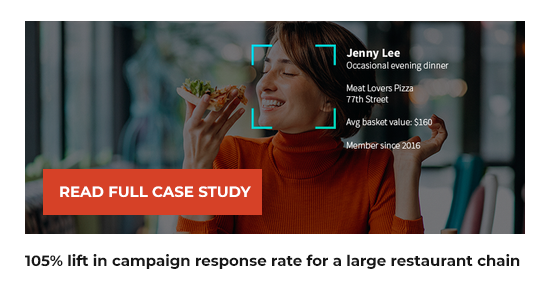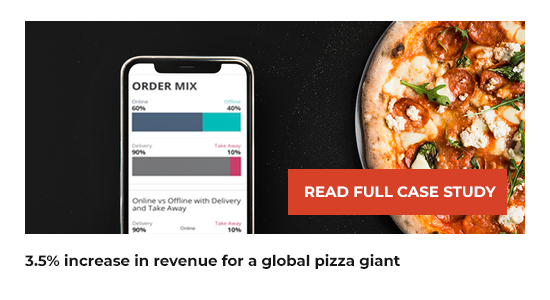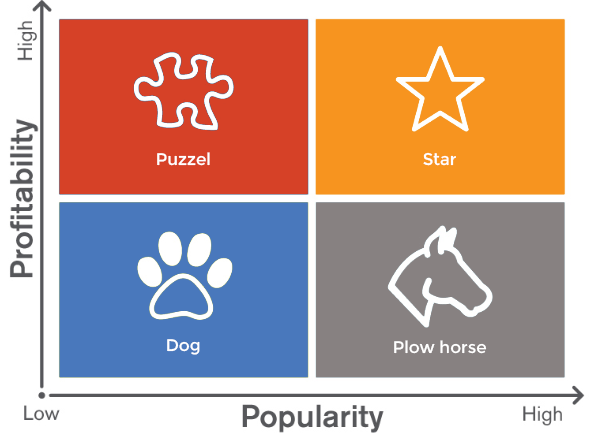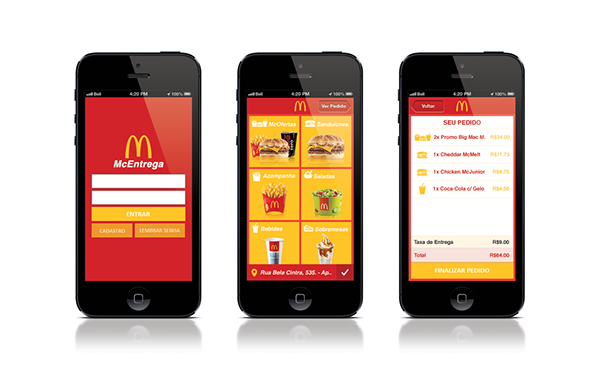In a former life, I worked for a cloud-based retail technology solutions provider looking to bring a retail merchandise planning application to the US market. As with all IT vendors, the actual marketing of the solution preceded the finished product.
In the solution pitch, we talked a lot about top-down and bottom-up planning processes. Top-down planning includes the strategic objectives mandated by management based on a number of inputs, included last year’s actual company performance, growth objectives, forecasts and general market indicators. For most, top-down planning was only as granular as the department/category level (most retailers employ at least a four-level merchandise hierarchy often starting with department and/or category). Then the merchandisers work the plan to devise a bottom-up plan. Oftentimes, these plans can go as granular as the SKU by location level, but might be higher in the overall product/store hierarchy.
OK, enough background. This is what I found interesting: when we were building the messaging for the merchandise financial planning solution, the VP of Product Management, our resident retail expert, insisted that the following message was included in the sales pitch, “The bottom-up plan always wins.” I remember the conversation like it was yesterday. I looked at her inquisitively and asked, “Why?”. She looked at me, shrugged her shoulders and responded, “Ask a retailer. It just does.”
Fast forward nearly 10 years – I’m on a call with a retailer and we’re talking about buyer personas. Although this particular retailer did not have a ‘360-degree view of the customer’, they had a distinct vision of the person that they were trying to pursue. Affluent, career-oriented, female, 35-44 years of age … you know the type. Then I asked the question “Is that person actually buying from you?” The response was, “Nope.”
Market segmentation and attempting to define your ideal buyer persona is a little bit like top-down merchandise planning. You have a general idea of how you’re doing and what the market conditions look like. For those that lack the “bottom-up planning” (i.e., actual customer analytics and the ability to segment based on actual customer data) – the marketing tends to be more aspirational. In short, it’s just guesswork. We pursue target segments based on our assessment of the overall market opportunity – but not an understanding of the reality.
If this retailer knew that, although they were trying to reach the career-minded mother, they were actually stealing the hearts, minds and wallets of the young woman getting ready to graduate from college, would that change their overall strategy? It’s tough to make a call without the data.
Without the data, one cannot determine whether pricing, promotions or other communications could be better for slices of their current customer base. Or if they are missing out on an opportunity to market more effectively to a more profitable customer segment (e.g., ones that never buy on discount) or drop ineffective advertising channels. You see the big picture in terms of overall market movements, but fail to see the details. And, in failing to see the details, you cannot take advantage of the quick wins with the customers that you already have in your hand.


























